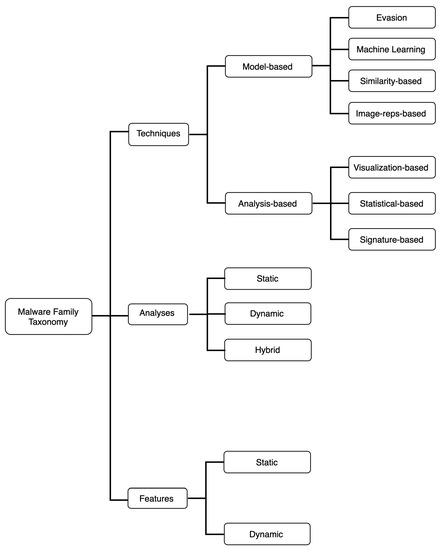


Liu’s research especially addresses how certain wireless technologies compare in performance in both controlled and deployed environments. While many experiments are performed under laboratory settings, previously listed works are carried out in operational networks. In measuring the feasibility of bandwidth estimation in wireless networks, Koutsonikolas and Hu use the achievable throughput as most important bandwidth metric because it represents a single client’s perspective. also focuses on cross-provider, technology-independent QoS assessment with their proposed methodology for comparing cellular networks. Mobile Internet Services Test (MIST) measures delivered performance of network quality regardless of various underlying technologies among different providers. Other studies similarly focus on the user experience. Our framework aims to measure this network variation through user-perceived metrics including latency, loss, throughput, and jitter. The metrics collected can show the affected behavior of different lower-level protocols on application performance rather than the protocols themselves. Knowing that decreased network quality can degrade application performance, our measurement tool focuses only on measuring end-to-end network delays in order to geographically model network quality. also investigates application-level performance of voice as well as of data services in mobile networks by considering end-to-end delays and traffic. Tsetsgee and Lkhagvasuren assess the effect of delays on subjective and objective VoIP quality scores. User-perceived quality measurement for a more resource demanding service, such as VoIP, also involves network-centric metrics. al’s shows that QoS for FTP service can be investigated by measuring delay, throughput and usability. Restricted usability of mobile applications may be caused by network delays. Geographic network variation can reduce application usability enough that it leaves behind the rural user population. Lastly, we conclude in Section 6 with a summary of our findings. Section 4 will provide an analysis of data collected. Section 3 exhibits the client-server application architecture.

In Section 2 we review background and related work of network metrics. The remainder of this paper is organized as follows. It will show why application usability is reduced, which inhibits equal participation for rural users in modern society. Results that show network performance can then relate to application usability through others’ results. Our results will show to what degree network performance affects usability. Moreover, our collected measurements expand previous research, such as MIST’s platform. Deploying this network metrics application on various devices and in distinct areas will characterize geographic variation of network performance. This client-server application serves as a tool for measuring user requests’ network traffic delays. In order to demonstrate whether geographic differences affect application performance, a client-server application has been implemented. Speed and reliability of a connection can be inferred through network centric metrics such as delay, path latency, packet loss, and bandwidth. Yet the degree of disparity between urban and rural connectivity is not yet understood and requires measuring network QoS in those two geographic areas. The degrading effect of network delays and losses on data services has already been studied. Unreliable connectivity has led to delayed traffic, which in turn impairs the usability of cloud-based applications.

Without comparable cellular Internet quality to urban users, rural users may see a digital divide that will inhibit them from mobile access to social media, web browsing, gaming, and video chat. In turn, inadequate cellular internet impairs usability of cloud-based applications and limits rural users’ access to mobile services. However, despite cellular providers' claims of nationwide coverage, many rural users still lack comparable network quality to urban communities. With the expansion of the latest 3G and 4G technologies, the availability and demand for cellular data services has increased.


 0 kommentar(er)
0 kommentar(er)
